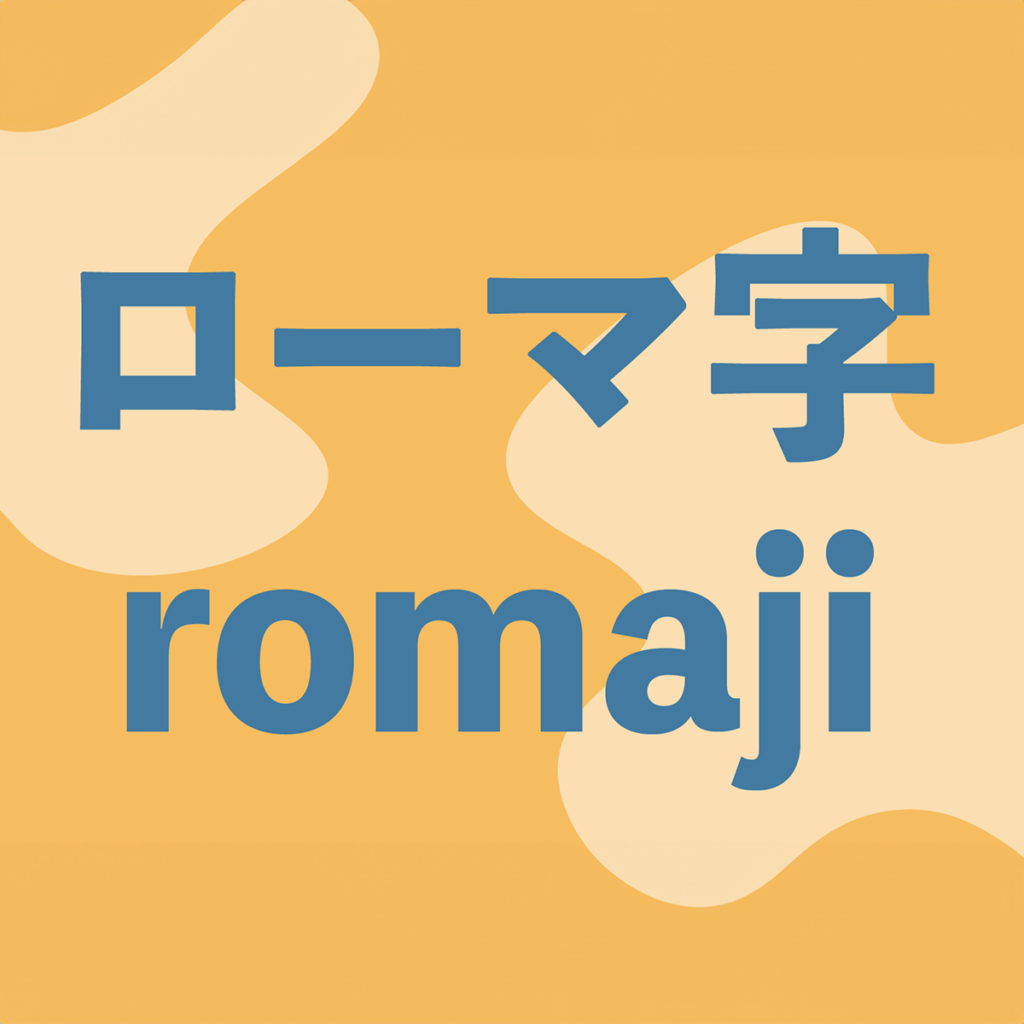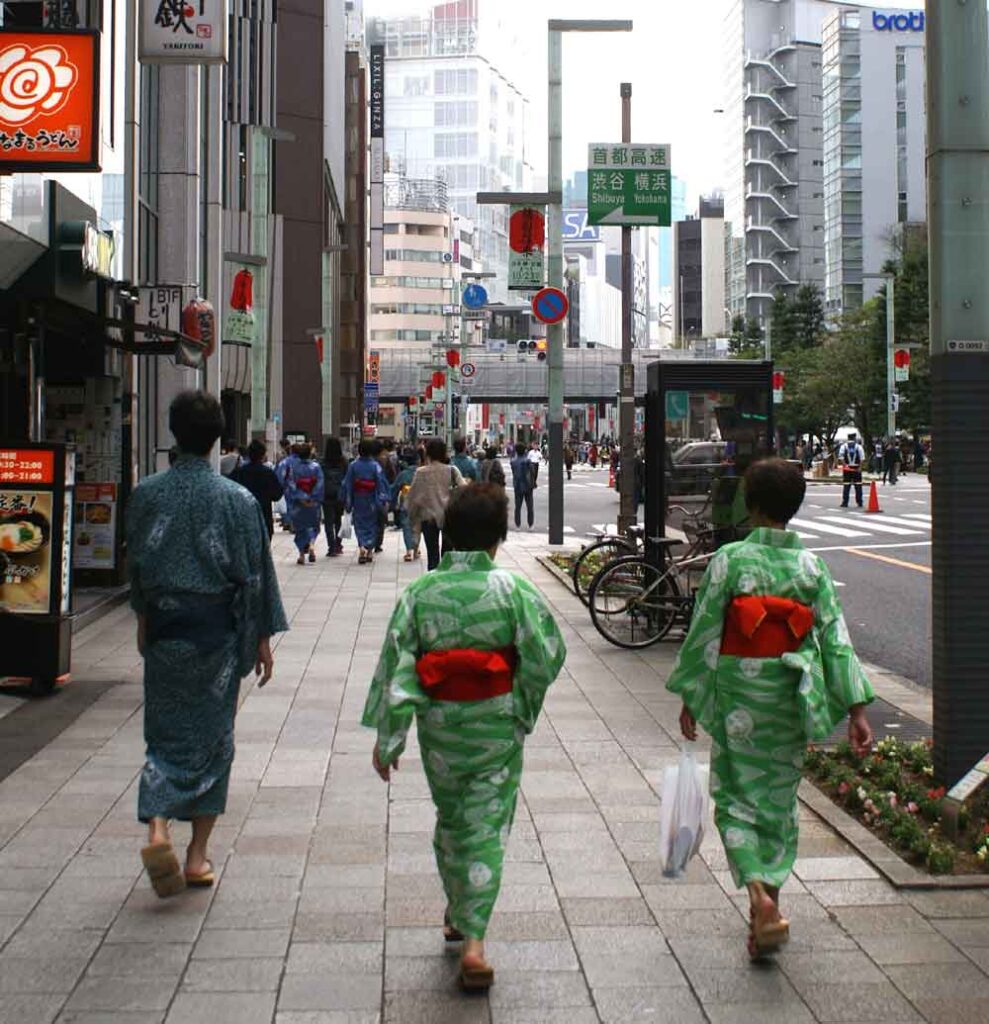The Rômaji, a system of writing Japanese in Latin letters, offers a fascinating entry into the linguistic richness of Japan. This method transliterates kanji, hiragana and katakana characters into the Roman alphabet. It allows the uninitiated to immerse themselves in the Japanese language with relative ease.
The Rômaji: Origin and Use
The history of Rômaji dates back to the 16th century when European missionaries introduced the Latin alphabet to Japan. However, it was only later, during the modernization of Japan in the 19th century, that Rômaji was officially adopted to facilitate the learning of Japanese by foreigners.
Today, Rômaji are widely used in various contexts. They are often used in Japanese learning manuals for beginners and online lessons. They are also used on international business cards and signage in tourist areas.
Simplicity and Accessibility
Rômaji transliteration offers a simpler approach for beginners. Because it’s easier for those who are not yet familiar with the complex Japanese writing systems. By using the Roman alphabet, learners can focus on pronunciation and understanding words. They are not immediately faced with the barrier of kanji, hiragana and katakana characters.
In addition, Rômaji is often used to transcribe the names of places, products and Japanese brands in documents intended for an international audience. This facilitates communication and understanding between cultures.
A Bridge to Mastery
Although Rômaji are a valuable tool for beginners, they should not be considered an end in themselves. Rather, they serve as a bridge to deeper mastery of the Japanese language. As learners progress, they are encouraged to become familiar with kanji, hiragana and katakana characters, which are essential for a complete understanding of Japanese.
Rômaji provide a gateway to Japanese language and culture for beginners from around the world. Their simplicity and accessibility make them essential in the initial learning process. However, it is important to remember that they are only a step towards a deeper mastery of the Japanese language. By embracing Rômaji while working to develop a more complete understanding of Japanese, learners can open new doors to exploration and discovery in the Land of the Rising Sun.



